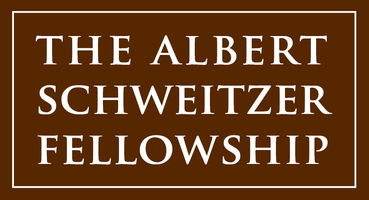By Annie Thurman.
February 1, 2023. An abbreviated version of the op-ed below was published in The News&Observer.
At this point, most of us know that gun violence is an issue across the United States. As a medical student gun violence concerns me. A recent JAMA study showed that in some cities in our country, the likelihood of a young man getting injured by gunshot wounds is higher than those who were deployed in recent wars. The burden of this death is overwhelmingly placed in certain communities, as Black and Hispanic youth die at higher rates than their white counterparts. This is a devastating public health issue.
To look at my home state, North Carolina’s Department of Health and Human Services (NCDHHS) reports that in 2020 there were more than 1,700 firearm-related deaths in the state and in 2021, there were more than 116 related deaths of children– making it the leading cause of child injury death.
Governor Cooper recently discussed this with health, education, and law enforcement professionals at a round table with the NCDHHS. They propose several strategies in a layered public health approach to reduce gun misuse, reduce suicide, and mitigate violence. The group reflected on the success of previous public health efforts to reduce motor vehicle accidents, such as adoption of safety features like airbags and seatbelts, as well as changes in law around drinking age, speed limits and seatbelt laws. Just as insurance companies reward good driving behavior, they could incentivize gun safety behavior such as taking safety classes and use of gun safes.
On the opposite side of the country, San Jose is poised to be the first city to pass a law requiring gun owners to have liability insurance and will use annual fees paid by gun owners to fund gun harm efforts.
To consider what that would look like in North Carolina, an estimated 361,500 guns were sold between January and July of 2022. If a flat fee of $10 were to be applied to every gun sale, not counting any current gun owners or any sales in the second half of the year, it would amount to more than $3.6 million dollars. These funds could be used for gun safety and violence prevention programs. While this would not be a comprehensive way to cover everything outlined in the round table, it could certainly be a starting point to better support communities and individuals at risk for injury and death by firearm.
While these programs appear promising, it would be wise to see the success in San Jose before moving forward. For now, each of us can contribute to firearm safety. As a future physician, asking patients in mental health crises, and families with children, about the access to firearms in the home is an important step. Each of us can advocate for programs in our community, and each of us can ensure that if we own a firearm, only the right people have access to it.
Annie (Maddy) Thurman
2022-23 NC Schweitzer Fellow
Wake Forest School of Medicine, Class of 2023
